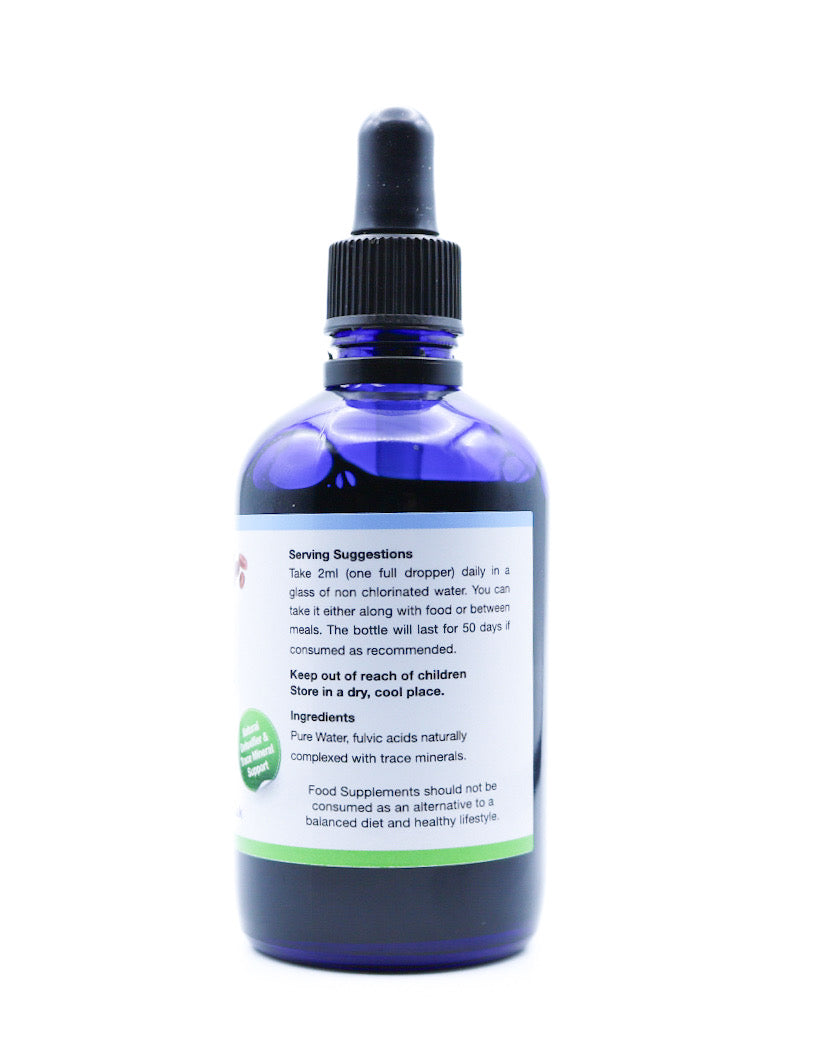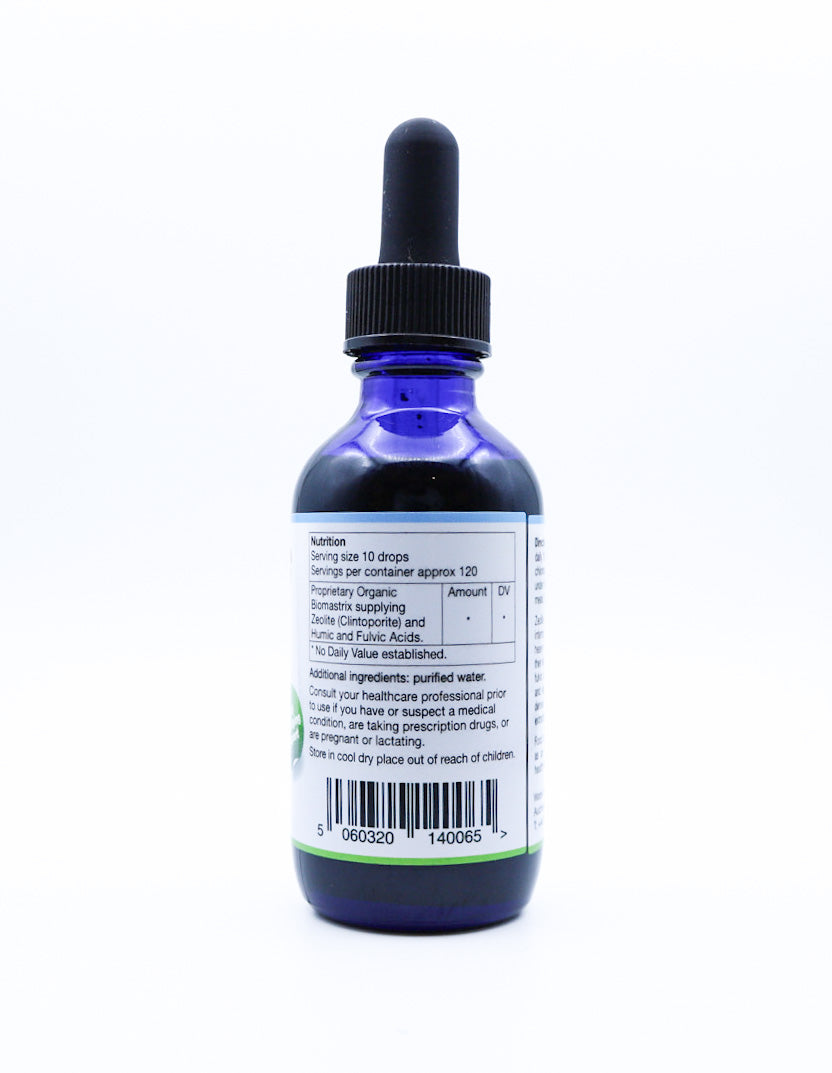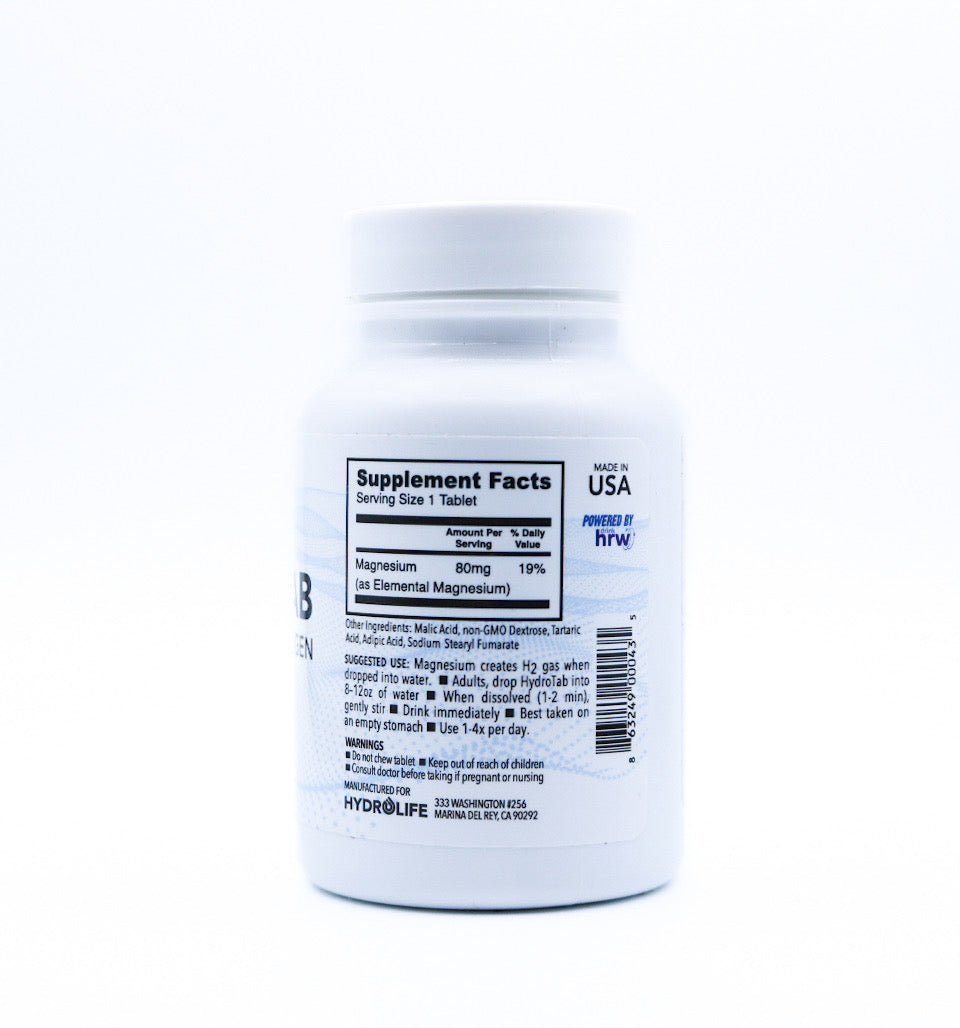Type 2 diabetes is a metabolic ailment characterised by high blood glucose in the background of insulin resistance and comparative insulin insufficiency. Diabetes is frequently managed by increasing physical exercise and altering nutrition. If type 2 diabetes persists or degenerates, medications may be needed. However, for those who want to get off medication altogether, a Talmudic focus on diet is required.
Type 2 Diabetes: Difficult to Spot Early
One of the major problems with type 2 diabetes at its onset is that its indicators can be so mild that they go undetected. Furthermore, as many as half of those diagnosed with type 2 diabetes have had the ailment for months or even years before they know it.
For this reason a sizeable percentage of people with type 2 diabetes exhibit signs of tissue damage to the eyes or hardening of the arteries – from their diabetes – by the time of diagnosis.
The main symptoms are similar to those of type 1 diabetes.
- Thirst
- Frequent urination
- Tiredness
- Weight loss may sometimes be present, but it is not as marked as in type 1 diabetes. Most people with type 2 diabetes are overweight.
- Itchiness, especially around the genitals, due to yeast infection (thrush)
- Recurrent infections on the skin, eg. yeast infections or boils
Type 2 diabetes happens mostly in people aged over 40. Treatment is diet, weight control and physical activity to start with.
If the blood glucose level remains elevated notwithstanding these measures, then tablets to reduce the blood glucose level are typically advised. Insulin injections are needed in some cases. Other treatments include reducing blood pressure if it is high, lowering high cholesterol levels and other measures to reduce the risk of complications.
Lifestyle factors are identified as important to the advance of type 2 diabetes. In one study, those who had high levels of physical activity, a healthy diet, did not smoke, and consumed alcohol in moderation had a lower rate of diabetes.
When a normal weight was included, the rate was even lower. A healthy diet was described as high in fibre, with a high polyunsaturated to saturated fat ratio, and a lower mean glycemic index.
Obesity has been found to contribute to 55% of cases of type 2 diabetes, and the increased rate of overweight children between the 1960s and 2000s is sure to have led to the increase in type 2 diabetes among children and adolescents.
Can Following a Type 2 Diabetes Meal Plan Reverse the Disease?
Incidentally, there are many cases of individuals reversing type 2 diabetes solely via lifestyle interventions, specifically by following a type 2 diabetes meal plan.
In a watershed trial conducted by Newcastle and Glasgow Universities, nearly half of patients reversed the condition by following this strict low-calorie diet.
The diet involved five months of soups and shakes to trigger significant weight loss. Once the weight has been lost, healthy, solid meals are reintroduced. However, doctors are reluctant to call the diet a cure; if the weight goes back on, they insist, the diabetes will return.
Though the results have been trumpeted far and wide, on the face of it they are not altogether surprising. You do not have to be a specialist to know that the demand for insulin is closely connected to the amount of glucose in the blood, which is itself a reflection of how much sugar and starch (which breaks down to glucose) exists in the diet.
Reversing type 2 diabetes, therefore, is a question of cutting down on the amount of glucose entering the body, thereby decreasing the requirement for insulin. Though it may seem difficult, it is not only possible to cut out or seriously reduce sugar and carbohydrates; it is actually tremendously empowering.
Given that diabetes treatment costs the NHS £10 billion per year, one hopes this simple lifestyle interventions are wholeheartedly encouraged going forward.
After all, would you rather lose weight and maintain it to overcome diabetes (and enjoy the attendant health benefits of being slimmer) or take medication to treat the condition for the rest of your life?
Dietary solutions to T2D were highlighted in 2018, when Labour’s Tom Watson revealed that, within 12 months, he had shed 7st and reversed his Type 2 through a rigorous protocol of exercise and strict adherence to diet.
Such success stories offer hope to the 3 million people in the UK battling the condition.
Conclusion
Those who are interested in learning more about dietary approaches for the prevention or management of type 2 diabetes might like to read this 2018 article published in the British Medical Journal. Here is an excerpt:
“Most physicians are not trained in nutrition interventions and this is a barrier to counselling patients. Moreover, talking to patients about nutrition is time consuming.
“In many settings, outside of specialised diabetes centres where trained nutritionists/educators are available, advice on nutrition for diabetes is, at best, a printed menu given to the patient.
In resource poor settings, when type 2 diabetes is diagnosed, often the patient leaves the clinic with a list of new medications and little else.”
Have a look at our Blood Sugar Balance page, where you will find products which may be helpful in addressing blood sugar levels in the body.




























Leave a comment